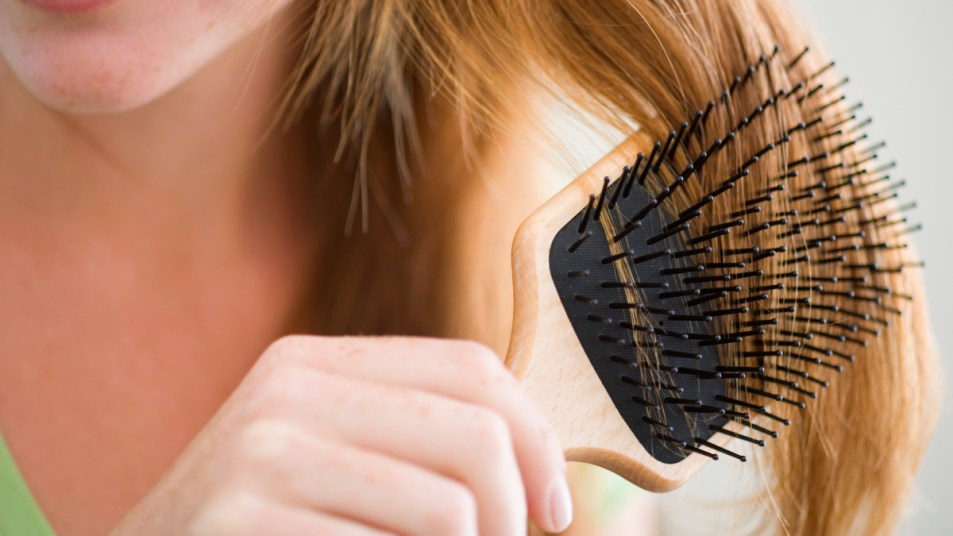If You Have This Common Daily Habit After Age 40, It Could Be Causing Hair Loss

The old adage says that you should comb through your hair 100 times before bed every night, not just to detangle it but to get your scalp clean and make it silky and beautiful. Unfortunately, it turns out that brushing your hair so much won’t lead to a healthier head, and could be causing premature hair loss in the process.
Whenever you do anything that pulls on the threads of your hair, you end up weakening the follicles attached to your scalp and causing the individual strands to fall out. Over time, all of that traction adds up, and you may eventually deal with patchiness or even bald spots because of over-brushing.
But if you’re someone who deals with incredibly tangly hair, what are you supposed to do instead? The answer may be putting more faith in your products. “Regardless of your age, you should only brush your hair when necessary, and apply decent hair products to untangle your hair without pulling it,” hair stylist Monica Davis told SheFinds. “The older you are, the more time your scalp needs time to restore, so don’t skip your conditioner and masks and use detangling sprays. This will guard your scalp and strands from tension and damage.”
Brushing your hair occasionally definitely won’t lead to complete and total hair loss. After all, sometimes there are knots that require a little more elbow grease than usual. But the more you try gently finger-combing your hair if need be and leaving the softening and detangling to your hair products, the healthier your hair will be in the long run.
If you’re looking for other ways to slow and prevent hair loss, you may also want to think about not putting your hair in a ponytail or bun as often, as both could lead to traction alopecia over time. It might sound complicated to add all of these haircare rules into the mix, but they’ll keep your strands and your scalp feeling and looking gorgeous!
















